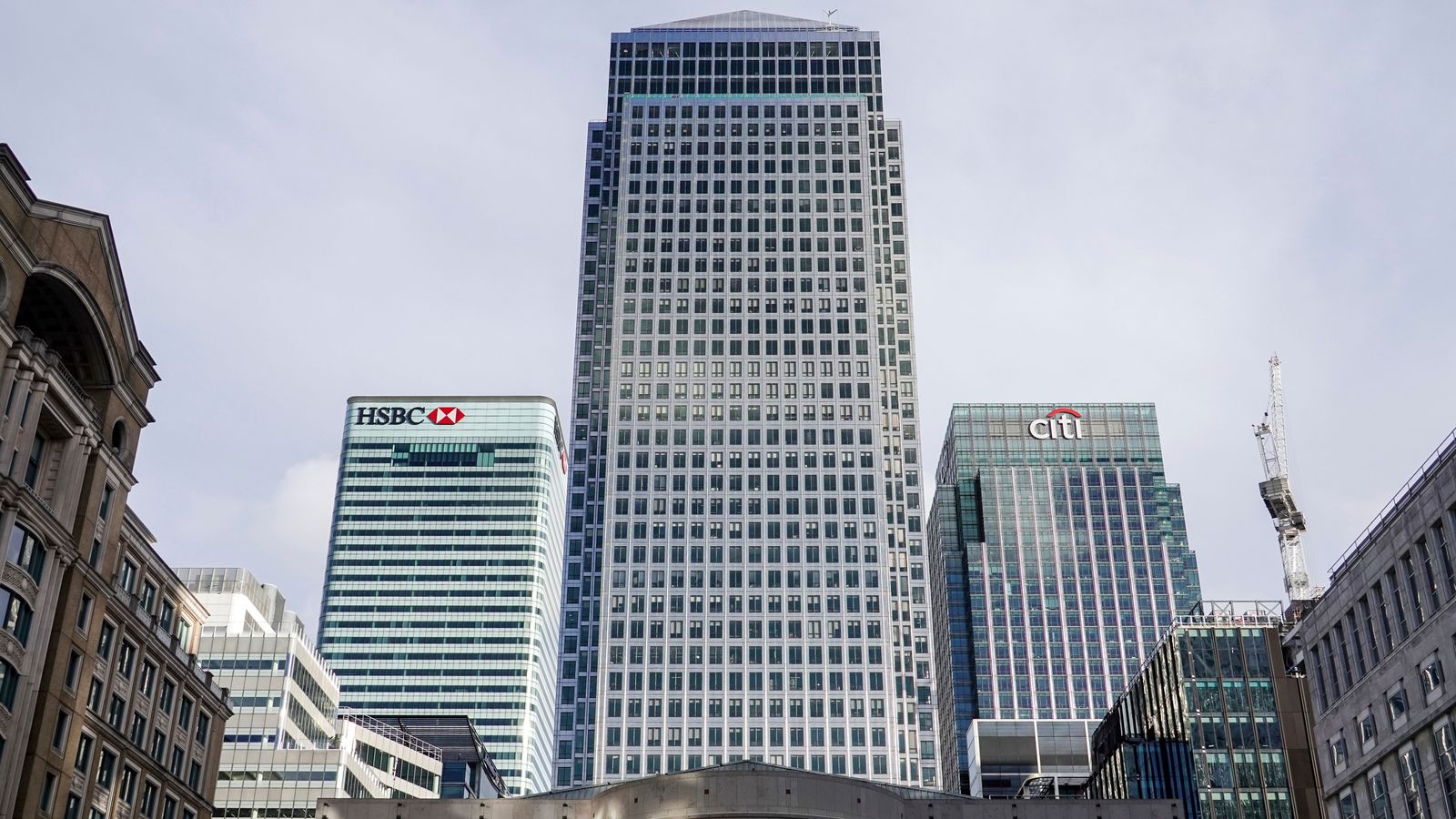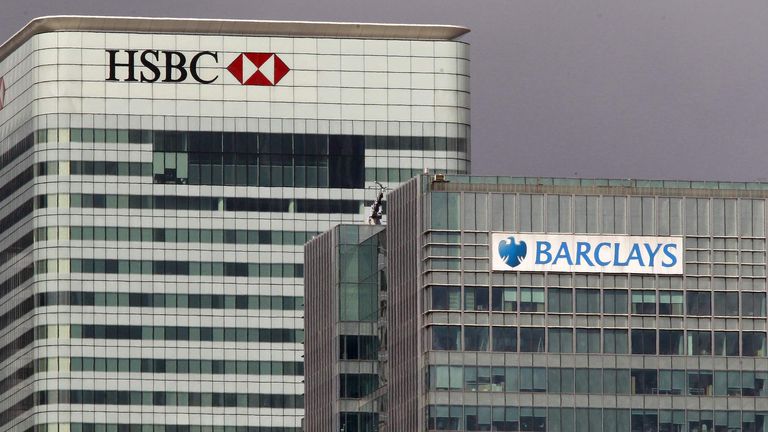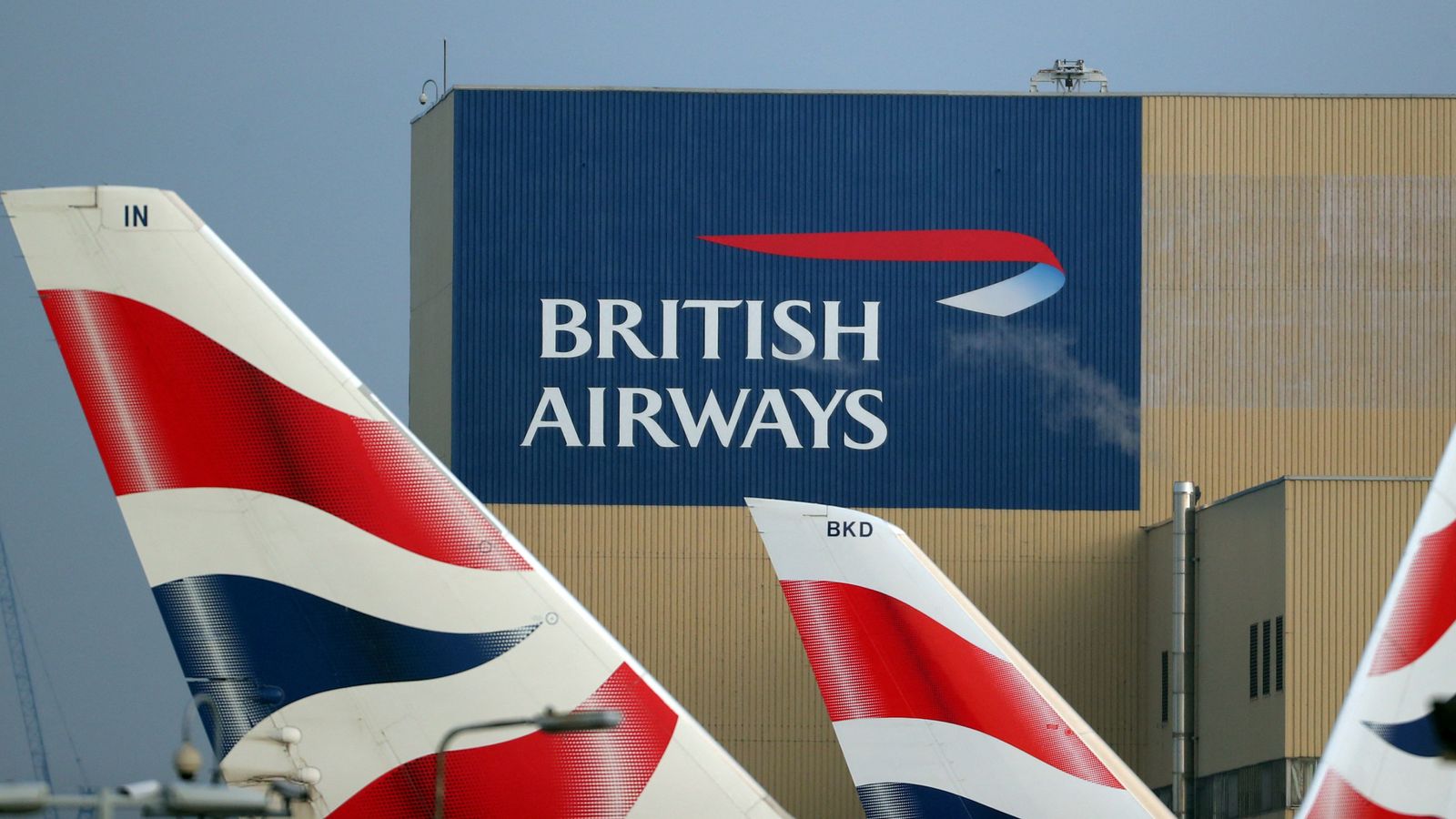
HSBC is set to leave its home of 20 years at 8 Canada Square in Canary Wharf, and relocate to a site near St Paul’s Cathedral previously occupied by BT.
The move, first reported by The Times, is hugely significant in what it says about demand for office space – and not just in London.
HSBC’s existing headquarters in London, to which it moved in 2002, currently houses up to 8,000 employees at peak hours. The new development, Panorama St Paul’s, is roughly half the size.
That reflects the fact that HSBC does not expect as many of its employees to be working in its head office at the same time in future.
It is a clear indicator from one of the biggest employers in the UK financial services sector that hybrid working, where employees work from home for a certain number of days a week and in the office for others, is here to stay.
At odds with others
The decision also puts HSBC at odds with some of the big Wall Street banks that dominate the investment banking landscape. The likes of JPMorgan and Goldman Sachs have been strident in their calls for employees to return to the office in the post-pandemic world.
By contrast, other employers in the Square Mile and Canary Wharf have taken a more flexible approach, with the likes of Lloyds Banking Group telling staff they expect them back in the office for at least two days a week in April this year.
The insurers Aviva and Axa, the asset managers BlackRock and abrdn, and accounting and business services groups such as Deloitte, PwC and EY are all among those who have avoided ordering staff to return to the office five days a week.
Implications to commercial property and beyond
That approach – and it very much looks to be the dominant one – will have massive implications for the commercial property sector.
It potentially leaves office owners with a surplus of space – even though recent business surveys by the likes of the property services group Savills suggest that demand for office space in central London is currently running at 10% ahead of its 10-year long-term average.
With the City and West End still pretty quiet on Mondays and Fridays – albeit not as quiet as they were during the lockdown period – it will also have implications for shops, bars and restaurants.
There are also implications for the owners of Canary Wharf itself.
The development, one of the most stunning urban regeneration projects achieved anywhere in the world during the last three decades, has been seeking to pivot away from financial services, the sector with which it is most strongly associated, into fields such as life sciences and the creative industries.
It has also begun offering residential space for the first time.
All of that was happening anyway. But the company – jointly owned by the Qatari government and the Canadian investment giant Brookfield – could still have done without HSBC moving on.
Another major Canary Wharf tenant, Credit Suisse, was also looking to sub-let some of its office space even before its rescue in March by local rival UBS.
Canary Wharf’s credit rating was downgraded at the end of last month by Moody’s.
Read more business
Primark parent firm raises profit forecast as higher prices support sales growth
Steel tycoon Gupta wins reprieve over Greensill winding-up petitions
A run of wins for the City
By contrast, the City of London Corporation – which has slugged it out for decades with Canary Wharf for office tenants – will be cock-a-hoop at luring HSBC back to the Square Mile, particularly as the news comes weeks after Clifford Chance, one of the five “magic circle” law firms, announced it would be moving back to the City from the Wharf when its lease there expires in 2028.
Luring HSBC to its new development – the bank told employees today the site was its “preferred option” – will also be a coup for Orion Capital Partners, the private equity firm, which acquired BT’s old head office at 81 Newgate Street in 2019 and which has been rebuilding it since the latter moved east to Aldgate in 2021.
HSBC, whose lease on the tower expires in 2027, also reportedly considered Evargo Tower, a site being developed to the rear of Fleet Street’s River Court, the 1932 Art Deco building previously occupied by Goldman Sachs and before that, Express Newspapers, whose journalists nicknamed it the “Black Lubyanka”.
Also considered, apparently, was 175 Bishopsgate, the vast building near Liverpool Street station previously occupied by the European Bank of Reconstruction and Development (EBRD).
The opulence of that building, replete with its marble walls, led the EBRD to be nicknamed “the Glistening Bank” – a pun on the old “Listening Bank” slogan of Midland Bank, which ironically was later bought by HSBC.
To add to the irony, the EBRD has since moved to Canary Wharf.
Moving from a symbolic home
HSBC’s existing home has been symbolic to the bank for many years.
Designed by the award-winning architect Sir Norman Foster, it brought together employees from around 20 HSBC and Midland Bank sites dotted across the City of London, including the striking blue glass building at 10 Lower Thames Street and the neighbouring (and less glamorous) St Magnus House; the now-demolished Mariner House on Pepys Street near Tower Hill; Fountain House on Fenchurch Street; Watling Court on the corner of Cannon Street and Bow Lane and, most famous of all, the beautiful old Midland Bank Group headquarters at 27 Poultry, which is now a hotel and member’s club christened – in a nod to its architect Sir Edwin Lutyens – The Ned.
To that extent, the now 45-storey building was a big commitment on HSBC’s part, following its acquisition of Midland in 1992.
At its completion it was the second-biggest building in Europe – after Canary Wharf’s flagship first tower at nearby 1 Canada Square – and has continued to break records since.
When HSBC sold it in 2007, to the Spanish company Metrovacesa, it was the first building in the UK to change hands for more than £1bn.
The buyer ran into difficulty during the financial crisis and, in December 2008, HSBC bought it back – making a reported £250m profit on the original deal.
The following year, HSBC sold the building on to South Korea’s national pension service, again at a profit. The tower has been owned since 2014 by the Qatar Investment Authority.
Since then, it has also been at the heart of the perpetual debate at HSBC over whether or not to retain its global headquarters in the UK or move to Hong Kong, something it reviews on a triennial basis.
There was once a time when this seemed almost inevitable and that day may still come.
For now, though, the only move on the cards appears to be four-and-a-half miles west from Canary Wharf.








